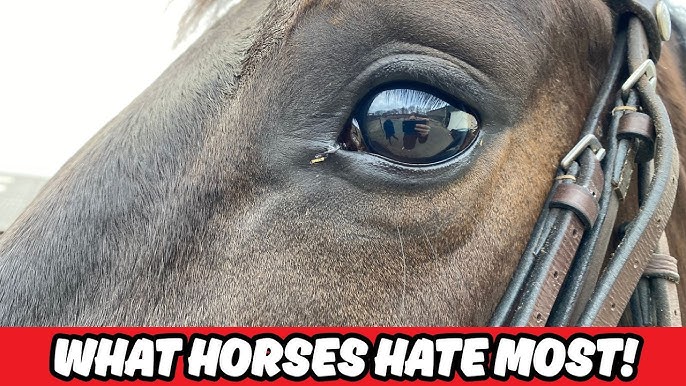Overcoming Resistance to Cooling Out Your Horse
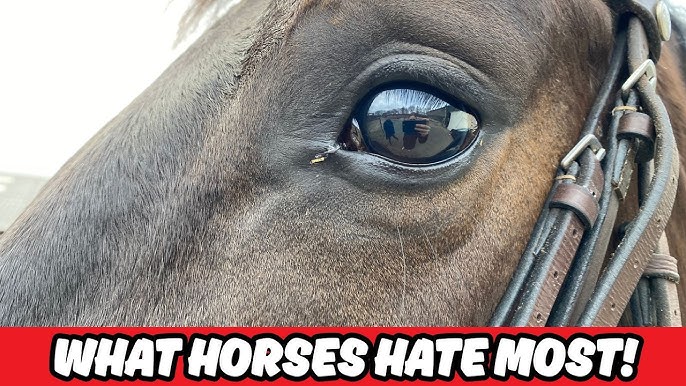
Cooling out your horse after exercise is a crucial part of equine care, but sometimes horses resist this process. Understanding why this happens and how to effectively manage it can improve your horse’s health and your riding experience.
Why Cooling Out is Important
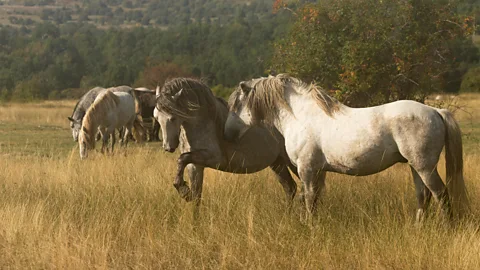
Cooling out helps your horse gradually return to a resting state, preventing muscle stiffness, respiratory issues, and other health problems. It involves walking the horse at a slow pace until their breathing and heart rate normalize.
Common Reasons for Resistance
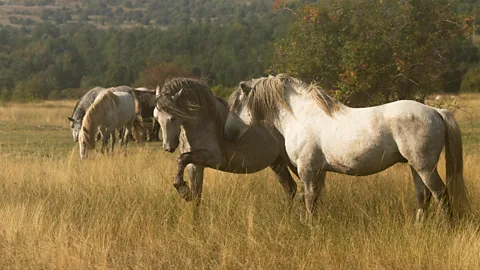
| Reason | Explanation |
|---|---|
| Discomfort or Pain | The horse may be experiencing soreness or injury, making movement uncomfortable. |
| Anxiety or Stress | Some horses get anxious after intense exercise and resist slowing down. |
| Lack of Training | Horses not accustomed to cooling out may resist due to unfamiliarity with the routine. |
| Environmental Factors | Hot weather, flies, or distractions can cause resistance during cooling out. |
Strategies to Overcome Resistance
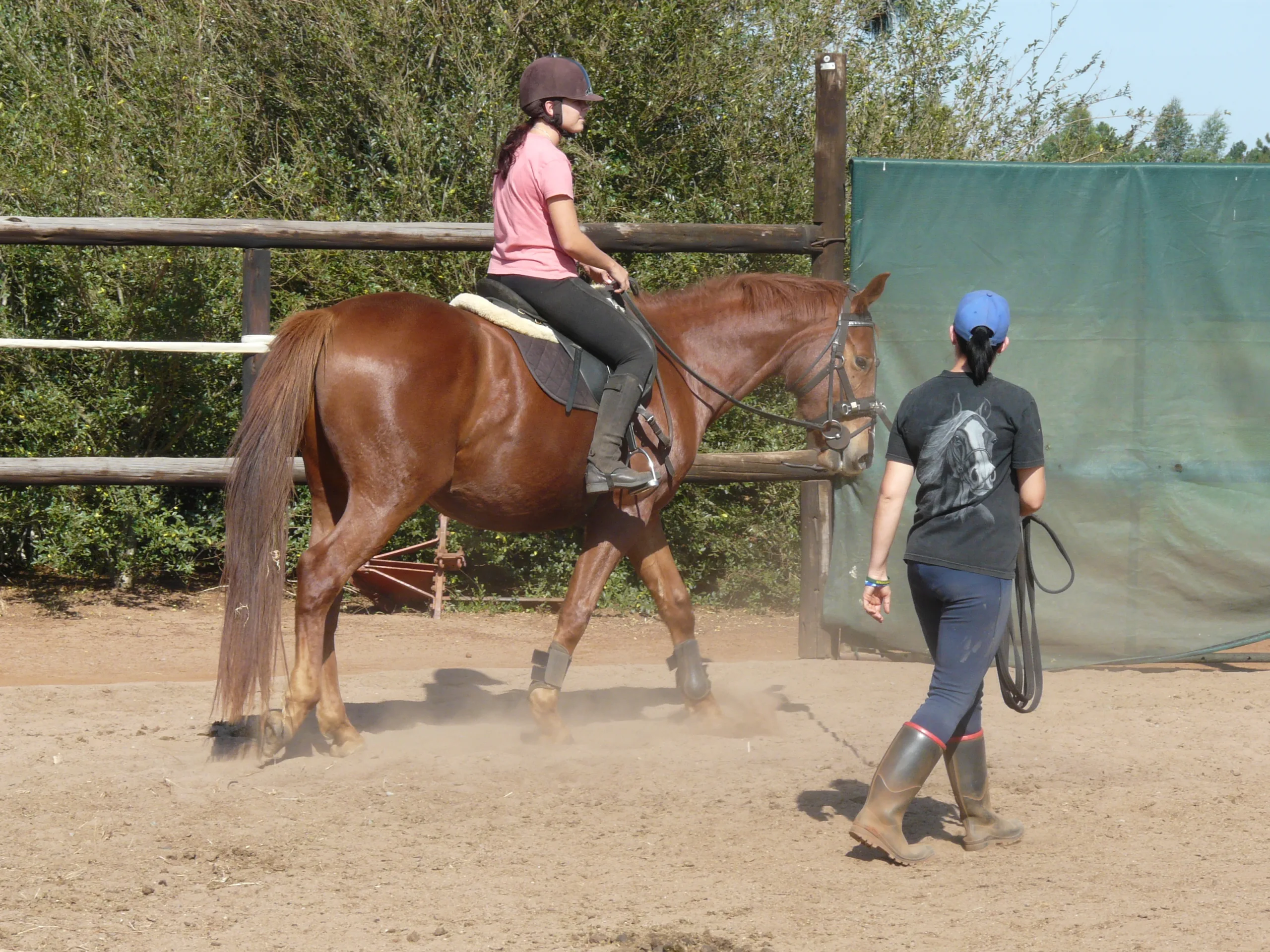
- Check for Health Issues: Always rule out pain or injury by consulting a vet if resistance is persistent.
- Gradual Training: Introduce cooling out routines slowly, rewarding calm behavior.
- Use Calm, Consistent Cues: Employ gentle voice commands and steady rein pressure.
- Environmental Management: Choose quiet, shaded areas free from distractions.
- Hydration and Comfort: Ensure your horse is well-hydrated and comfortable before and after exercise.
Cooling Out Routine Example
| Step | Action | Duration |
|---|---|---|
| Step 1 | Walk at a slow pace | 5-10 minutes |
| Step 2 | Offer water | After walking |
| Step 3 | Check for signs of distress | Throughout |
FAQs
Q: How long should I cool out my horse?
A: Typically, 10-15 minutes of walking is sufficient, but adjust based on your horse’s condition.
Q: Can I trot during cooling out?
A: It’s best to avoid trotting; walking helps the horse’s heart rate and breathing return to normal.
Q: What if my horse refuses to walk?
A: Assess for pain or discomfort and consult a vet if necessary. Use gentle encouragement and patience.
Conclusion
Overcoming resistance to cooling out your horse requires patience, understanding, and consistent training. By addressing the root causes and following a structured routine, you can ensure your horse remains healthy and comfortable after exercise.
